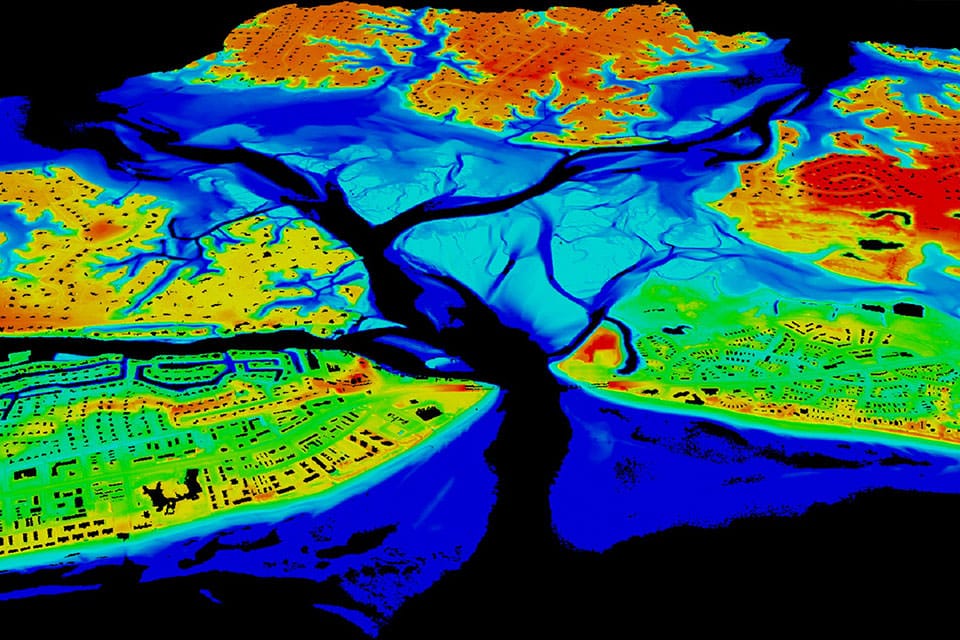LiDAR, or Light Detection and Ranging, is a technology that’s rapidly making waves in various industries, and the boating sector is no exception. This cutting-edge tool is revolutionizing how we navigate, design, and interact with our waterways.
Enhancing Safety on the Water
One of the most significant applications of LiDAR in the boating industry is enhancing safety. By emitting laser pulses and measuring the time it takes for the light to reflect back, LiDAR systems can create highly accurate 3D maps of the surrounding environment. This data can be used to:
- Detect obstacles: Rocks, buoys, and other vessels can be identified and avoided in real-time.
- Improve navigation: LiDAR-powered systems can assist with navigation, especially in low-visibility conditions.
- Support autonomous vessels: As the boating industry moves towards autonomous technology, LiDAR plays a crucial role in enabling safe navigation.
Revolutionizing Boat Design and Manufacturing
LiDAR is also transforming boat design and manufacturing processes. Here’s how:
- Hull optimization: By creating precise 3D models of existing hulls, designers can analyze their performance and make improvements.
- Quality control: LiDAR can be used to ensure the accuracy and precision of boat components during the manufacturing process.
- Virtual prototyping: By creating virtual models of boats, designers can test different configurations before physical production, saving time and resources.
Expanding Our Understanding of Marine Environments
LiDAR is not just about boats; it’s also a valuable tool for understanding the marine environment. Some key applications include:
- Bathymetry: Mapping the depth of water bodies to create detailed underwater charts.
- Coastal mapping: Monitoring shoreline changes and identifying potential hazards.
- Environmental studies: Gathering data on marine ecosystems, such as coral reefs and underwater vegetation.
The Future of LiDAR in Boating
As LiDAR technology continues to advance, its applications in the boating industry will undoubtedly expand. We can expect to see even more innovative solutions emerge, from advanced safety features to environmentally friendly boat designs.
The integration of LiDAR into the boating world is just beginning. As the technology matures, we can anticipate a future where boating is safer, more efficient, and more enjoyable for everyone.

